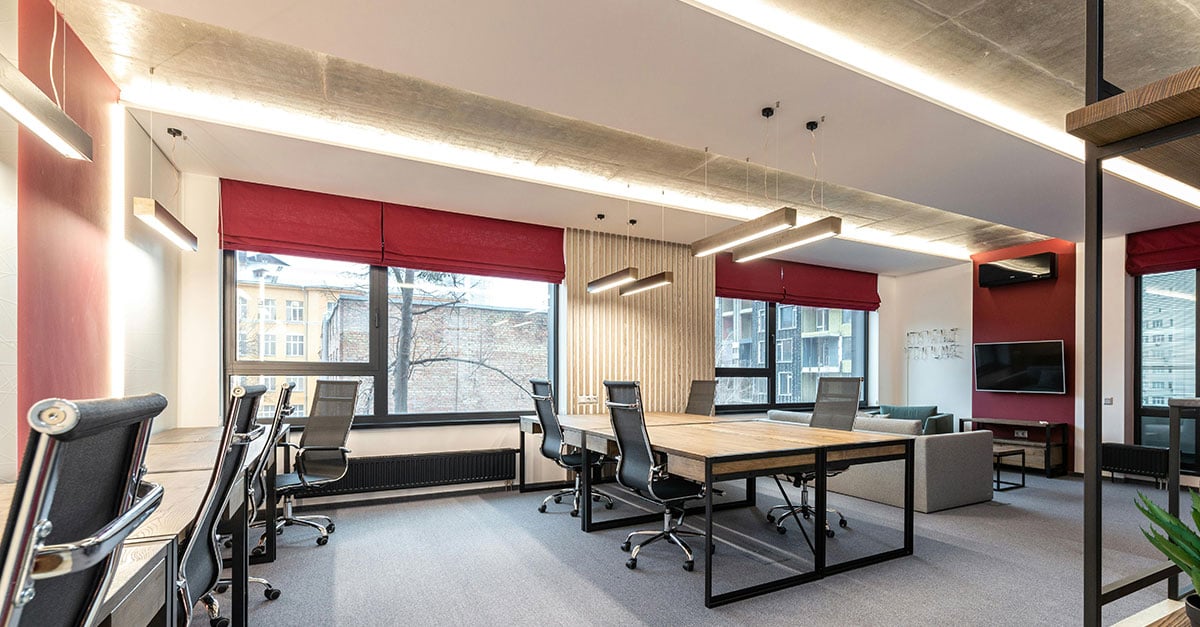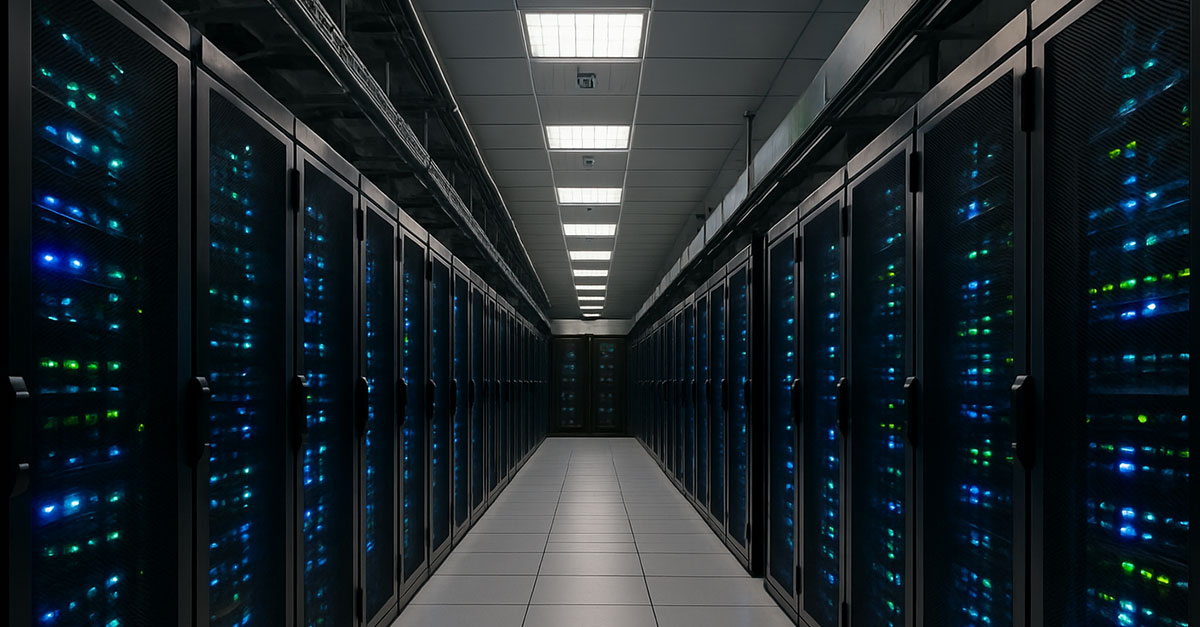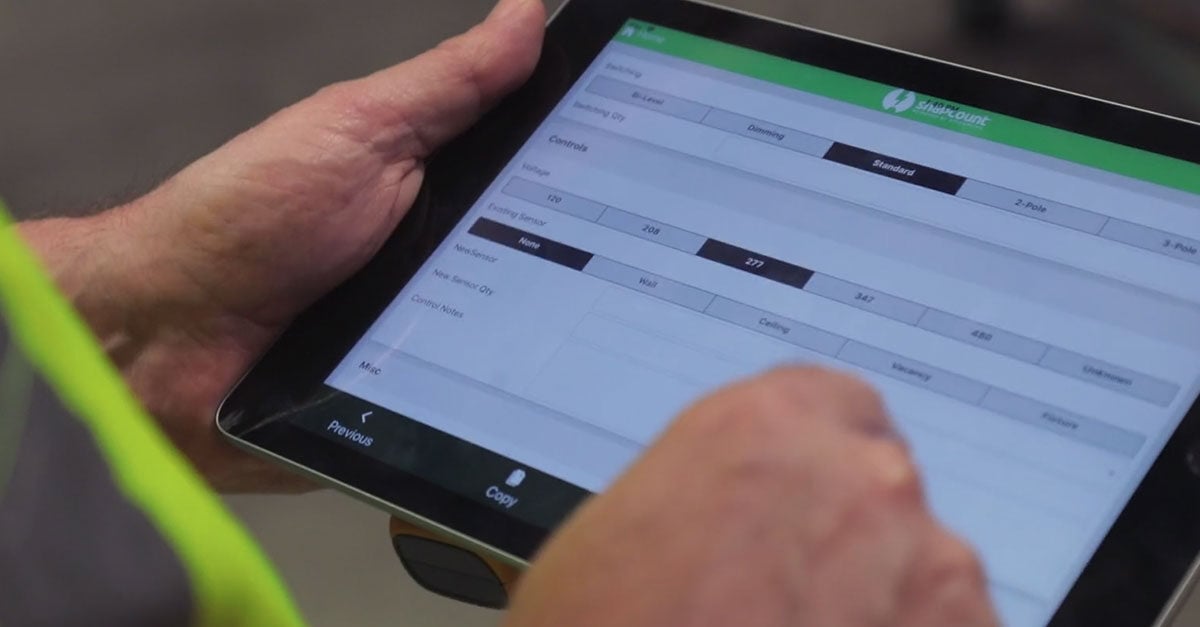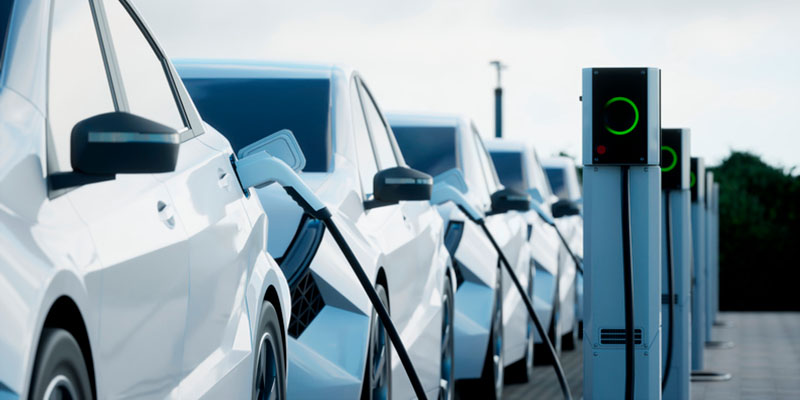Deploying energy-efficiency retrofit projects in private and public sector buildings has become critical to their ongoing efficiency, resilience and cost profiles. Yet, despite the many benefits, owners and service providers alike are often confronted with significant capital outlays that could delay progress.
Jeff Seifert

Recent Posts:
Not Enough Capacity? How Commercial Buildings and Public Institutions Can Prepare for the AI Data Center Boom
AI data centers are expanding at a historic rate, and the scale of this growth is placing unprecedented stress on regional power grids. Across the United States, utilities are reporting delayed interconnection queues, overloaded substations, and an accelerating mismatch between supply and demand. Although much of the public narrative focuses on the impact on residential ratepayers, commercial buildings and public institutions are increasingly affected. These impacts include constrained capacity, extended timelines for electrical upgrades, and a rising likelihood of higher electricity costs. In regions where data center development is especially concentrated, these challenges are no longer hypothetical; they are measurable and quickly intensifying.
Is the Commercial LED Retrofit Market Becoming Saturated? A Look at Today’s Landscape and Tomorrow’s Opportunities
For more than a decade, the commercial LED retrofit market has been an engine of energy savings, sustainability, and growth for contractors, energy service companies (ESCOs), and facility managers. But now, as we have entered 2025, a pressing question is surfacing: Is the market becoming saturated?
If you lead an energy services organization, you know the game is about making your team operationally excellent to keep up with the pace and rigor of the energy transition boom. Like other innovators, you’ve needed to focus on transforming your business model by leveraging digital technologies to enable efficiency, improve precision, and set your team apart from the competition.
Digitalization: Your Shield Against Rising Labor Costs in Energy Retrofit Projects
In today's economic landscape, the energy efficiency sector faces a significant challenge: the rising cost of labor. According to NECA, the average hourly wage for an electrician in the U.S. increased by approximately 3-4% annually between 2019 and 2023. In 2019, the average hourly rate was around $28.50, which increased to approximately $32.50 by 2023.
With the increasing focus on sustainability, major corporations like Apple, Microsoft, Amazon, Google, and Walmart are setting aggressive targets, aiming for carbon neutrality and net-zero emissions as early as 2030, some extending to 2040.
But even if your energy service business doesn’t work with giants like these, you might find yourselves working with any of their tens of thousands of suppliers … who will also be held to account for their sustainability practices.
As an energy professional, how do you lead these conversations and become more relevant and vital to your customers?
Energy Controls, Energy Codes, and Your Business
Rising energy costs, increased demand for energy efficiency among building owners, and stricter energy codes have all increased the demand for LED Lighting controls.
In our recent webinar, “Leveraging Controls to Specify Code-Compliant Retrofit Projects,” StreamLinx Director of Products Mike Seifert joined Wayne Callum, VP of Sales of North America for Linmore Labs, to discuss the importance of energy codes and controls, how advanced control systems can enhance your energy-efficient retrofit projects, and how to use tools like SnapCount to sell prospective clients on energy efficiency. Here’s a recap in case you missed it.
Energy Efficiency Revolution: Top Trends in the Retrofit Industry in 2024
2024 is off to a brisk start in the energy efficiency industry, and there appears to be no slow-down ahead. In a landscape etched through evolving challenges and opportunities, service providers and building owners alike must navigate a complex array of factors to drive success this year. Let’s dive into the key retrofit trends that are sure to drive innovation and transformation in the industry in 2024.
Electric vehicles are everywhere. In the space of just five years, from 2017 to 2022, EV sales have increased tenfold. And all the hype around EVs comes with plenty of opportunities. The EV charging sector is projected to reach $53 billion in 2027.
With available government incentives and relatively low material costs (Level 2 ports can range from about $4,000 to $6,000), electric vehicle charging stations can seem like a clear-cut, easy business opportunity, especially for business owners with electrical or energy backgrounds.
What this means for you as an electrical contractor or energy retrofit service provider, is that the market is ripe for accelerated growth! SnapCount is currently helping clients extend their offering into the growing world of EV charging with:
- EV-specific site audit data collection
- Ready access to leading EV charging manufacturers
- Bid workflow for subcontracting electrical or civil work
- Graphical proposal templates that quickly tell your story of why the customer should work with you
To help you assess if the EV charging market is for you, here are some things to keep in mind before adding EV charging stations to your business.
As an energy retrofit professional, you don’t need anybody to tell you about conventional energy retrofits.
But these are unconventional times when it comes to the demand for more energy efficiency, especially for commercial and industrial buildings. That’s because, as Energystar.gov reports, those buildings are responsible for half of the nation’s energy use and nearly half of its greenhouse gas emissions. The U.S. Department of Energy estimates that on average, 30% of the energy used in commercial buildings is wasted due to inefficiencies.
So, it’s no surprise that deep energy retrofits are an increasingly popular topic of discussion among building owners and managers. But that’s just the tip of the iceberg.













